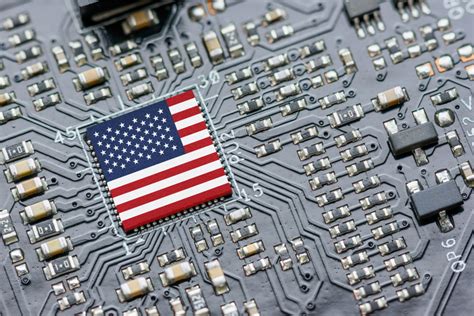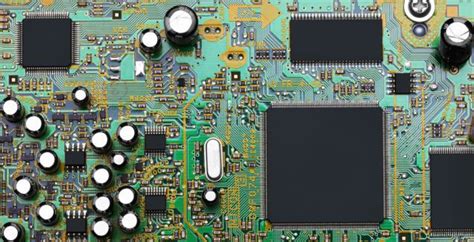Computer chips are a necessary part of every computer. Without computer chips, computers would still be the size of a house or whole room. The invention of the computer chip enabled nearly everyone in the United States to own a computer. Without computer chips you would not be reading this article today. So how do computer chips work exactly? This article will help you understand a little more about the workings of the computer chip and what they do to send you the information that you see everyday on your computer.
Each computer chip is constructed of silicon and metal. The computer chip is also called an integrated circuit. Each chip contains many transistors making up a processor. There can be tens of millions of transistors on one chip. These pieces are aligned together to create an electrical signal. Several chips are placed together with different amounts of memory storage space on them in a central processing unit. These CPUs are what makes the powerhouse of the computer.
The first computer chip was an 8-bit chip. Most document files now are much larger than that, but back in the 1970s when it was first made, it was considered a lot of space to have on one small chip. From there they were able to make smaller and smaller chips to hold more and more information.
Each chip uses a language to communicate and perform activities. The programming that is used to do this is called the assembly language. There are three main functions of a computer chip. It uses an arithmetic/logic unit to perform mathematical equations. They can move memory from one chip to another. And they can make decisions and create instructions based on those decisions.
There are two main types of memory that a computer chip uses: ROM and RAM. ROM is read-only memory and is used for permanent information that the computer uses. RAM is random access memory and is used for readable or writable memory. The RAM is completely wiped when the computer shuts off.

The instructions that a computer chip follows is called programming. There are different languages that computers can be “taught” to read. These languages are programming such as C++, basic and C. The computer chip takes the programming language and translates it into action. Programmers take a long time just to make a computer follow a simple command.

Most computer chips can only handle so many different instructions on their transistors. On average, it takes about five cycles of the transistors before a command can be executed. However, there is a new trend called pipelining that makes the transistors work together better, making things more streamlined and constantly active. Pipelining makes something happen every one transistor cycle.
İlginizi çekebilecek konular
